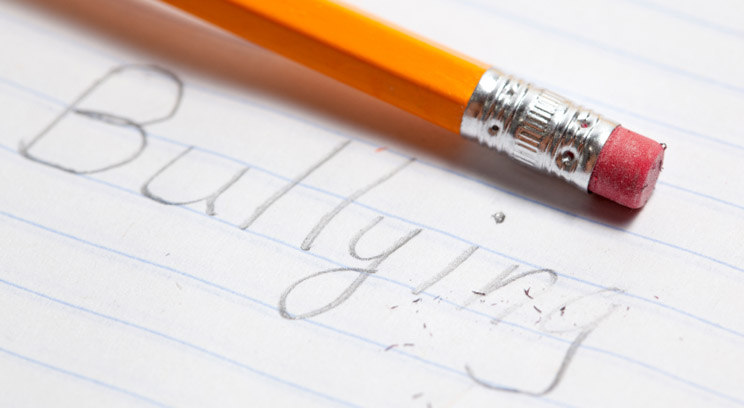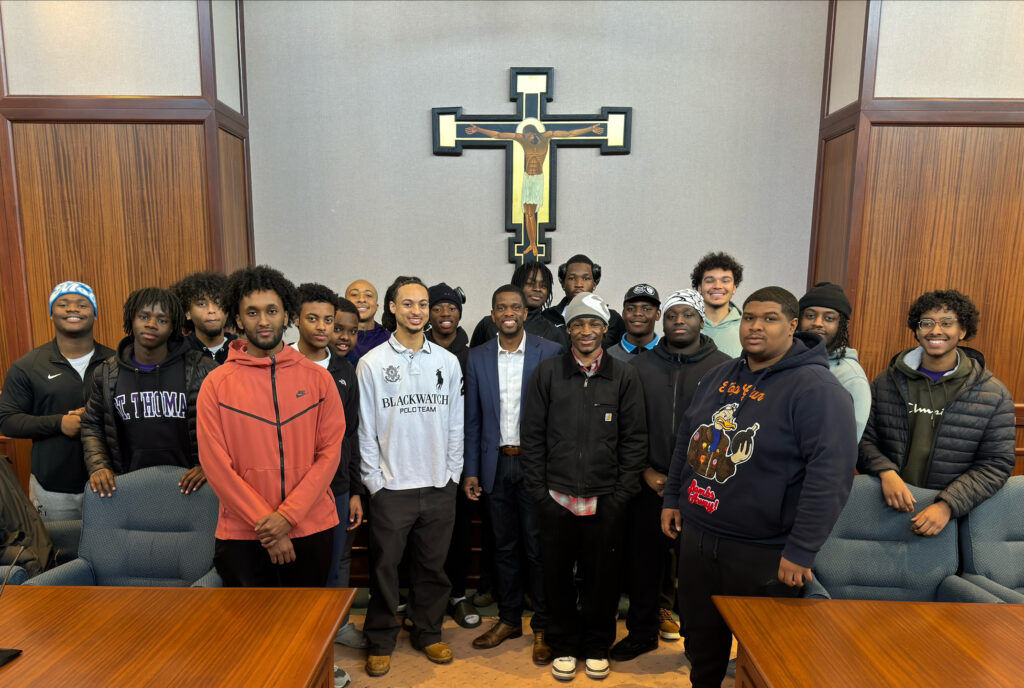I hated school.
I begged my mother to let me stay home and sometimes I pretended to be sick. She knew I was lying and we even joked about my “fakeitis.” But the reason I wanted to stay home wasn’t a laughing matter.
From the ages of 9-12, I endured the most intense victimization of my life. I was spit on, kicked in the throat, shoved and hit. Once, I painfully sat down on a device fabricated by a classmate out of spiral notebook wire and pins.
The worst part, though, was the incessant taunting. Occasionally, a teacher tried to help but it usually made things worse. Most just ignored it. I don’t remember if I told my parents, but even if I had, it didn’t help because until recently schoolyard bullies were viewed as an inevitable part of the school social order and their behavior as a “rite of passage” to be endured by those unlucky enough to catch a bully’s attention.
Thankfully, this is no longer considered an acceptable stance for educators and others who work in school settings.
Bullying is a repeated pattern of intentionally aggressive behavior directed toward a less powerful individual. Bullying is often physical, but victims also report verbal, psychological, as well as sexual abuse. The prevalence of bullying for American school children can range from as high as 30 percent to the low teens. I do not believe that bullying has necessarily become more prevalent. What has increased is the attention paid to bullying by the media and policymakers.
Since 2006, The National Center for Bullying Prevention has designated October as National Bullying Prevention Month. This more intense focus on the effects of bullying is a recent phenomenon due in part to a 2002 U.S. Secret Service Report that concluded that bullying has played a role in many school shootings. Regardless of whether or not there is a link, bullying has devastating consequences for victims, including lower academic performance (due in part to more frequent absences), low self-esteem, depression and a higher risk of suicide.
Currently, most states have anti-bullying legislation. With only 37 words, Minnesota Statutes §121A.0695 is considered one of the weakest anti-bullying laws in the country. During the 2013 Minnesota Legislative Session, The Safe and Supportive Schools Act was introduced to replace the current law, but it did not pass. One of the voices urging defeat was the Minnesota Catholic Conference, which opposed the legislation because the bill specifically mentioned “protected classes” – including “sexual orientation” and “gender identity and expression.” The MCC is opposed to bullying but argues that including these groups would grant so-called “special rights.”
“Otherness” increases the risk of being bullied. Besides sexual orientation and nonconforming gender identity expression, being overweight, having a disability, being socially isolated, less popular and coming from a less affluent family also increases victimization risk. In my case, my parents couldn’t afford the clothes that the popular kids wore and I had the added stigma of having a special needs sibling.
Defining bullying as well as the classes of children often victimized is two of several components recommended by The U.S. Department of Education for ideal anti-bullying legislation. Naming frequently targeted groups raises awareness among school officials but still provides remedies for all students as long as the legislation defines the prohibited behavior. When other classes are enumerated (e.g. race, religion, disability) but sexual orientation or gender identity is excluded, this can be perceived by some as a license to ignore the victimization of sexual minority youth.
School administrators that want to prevent or at least reduce bullying will find that there are a variety of effective anti-bullying programs designed for a variety of grade levels. Technology, including social media, allows users to remain anonymous and shielded from experiencing the impact of bullying. Because of this, we are starting to see anecdotal evidence that even popular kids are not immune, and that social media may be a tool used by those with less power to leverage against their peers.
Bullying is anti-Catholic because it violates the dignity of the human person. It took me years to overcome the damage to my psyche and to start treating myself as a person of worth. No child should have to endure this, and it is my hope that in 2014 the Minnesota Legislature will pass a bill that empowers school administrators to effectively respond to the bullying that occurs within their districts.
Regardless of personal views on controversial issues such as homosexuality, protecting all children and not just one’s own children, should be something we can all agree on.
Editor's Note: Lisa Waldner is professor and chair of the Sociology and Criminal Justice Department. "The Weigh-In" is a commentary series that focuses on current events. The content represents the views of the author.







